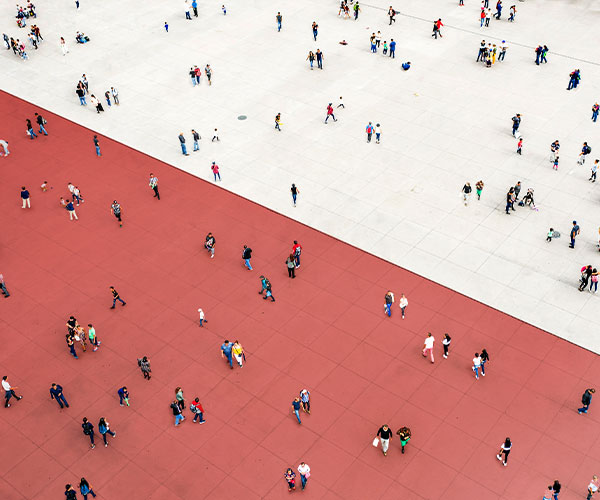How Poverty in the United States Is Measured and Why It Matters
A major goal of the White House’s Build Back Better Act is to reduce poverty in America. But how do we define and measure poverty—and what are the consequences?

A major goal of the White House’s Build Back Better Act is to reduce poverty in America. But how do we define and measure poverty—and what are the consequences?
(2002) In a move that marks the Caribbean's success in various spheres of socioeconomic activity, international funding agencies are reducing their financial support for the region's sexual and reproductive health programs.
(2001) In a 2001 report published by Amnesty International, a 27-year-old Ukrainian psychologist and social worker told of being trafficked to Israel.

(2018) Natural disasters focus the collective imagination on images of community devastation. Beyond the obvious external signs of disaster, such as destroyed homes and ruined infrastructure, are more intimate impacts, such as impeded access to reproductive health services.

A PRB analysis finds that workers in one of the hardest-hit sectors—food preparation and server-related occupations—are among the most economically vulnerable.
(2012) The slow recovery from the recession has fallen hard on America's working poor families, increasing their numbers by 125,000 in 2010 to more than 10 million families, according to a new analysis of U.S. Census Bureau data.
(2014) One-third of American women are on the verge of poverty: Almost 42 million adult women in 2012 lived in households with incomes below 200 percent of the federal poverty threshold, according to The Shriver Report: A Woman’s Nation Pushes Back From the Brink.1
HOW WE HAVE CHANGED SINCE THE UNITED STATES WAS A NATION OF 200 MILLION (September 2006) The United States is set to reach a milestone in October. It will become the third country—after China and India—to be home to at least 300 million people.